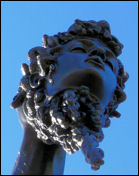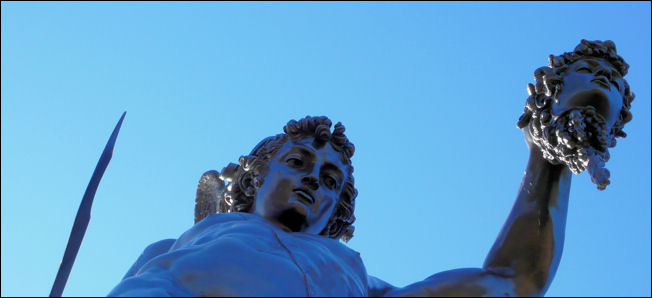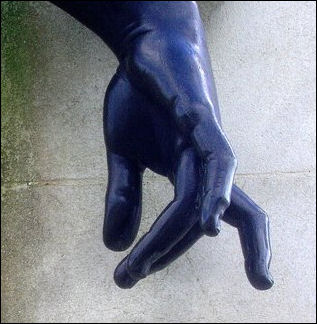| thepotteries.org |
where is it? test your knowledge of Stoke-on-Trent

The head of Medusa
Trentham Gardens
|
This is the only copy of Benvenuto Cellini's Perseus and Medusa (1553) from the Loggia dei Lanzi in Florence, sculpted for Cosimo I, Duke of Tuscany. The second Duke of Sutherland was a friend of the then Duke of Tuscany, who permitted a cast to be taken. The sculpture was installed at Trentham in 1840, during the main phase of development instigated by the Duke, which involved large scale alterations to the gardens, accompanied by the installation of balustrading, urns and a wide range of garden sculpture. By 1907 the family considered that Trentham had become uninhabitable as a result of the pollution of the River Trent which runs through the Estate. They left the Hall, then in the process of being demolished. The statue of Perseus and Medusa was taken to Sutton Place in Surrey, where it remained until 1966, when it was restored and returned to its original site by Elizabeth, Countess of Sutherland. |
![]() more photos of Trentham
Gardens
more photos of Trentham
Gardens

photo: Sarah Graham

Hand of Medusa
© Alan Fernihough - May 2005
|
|